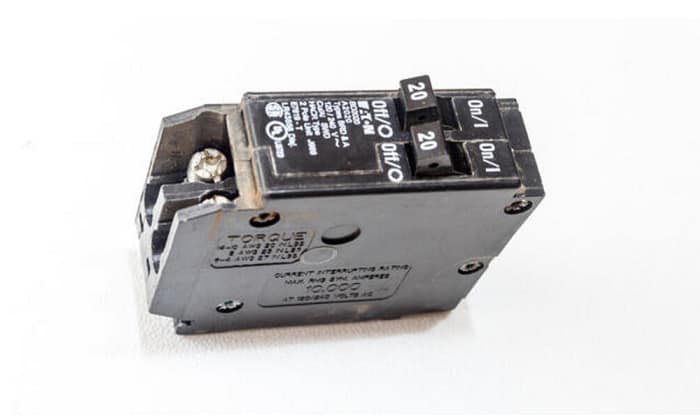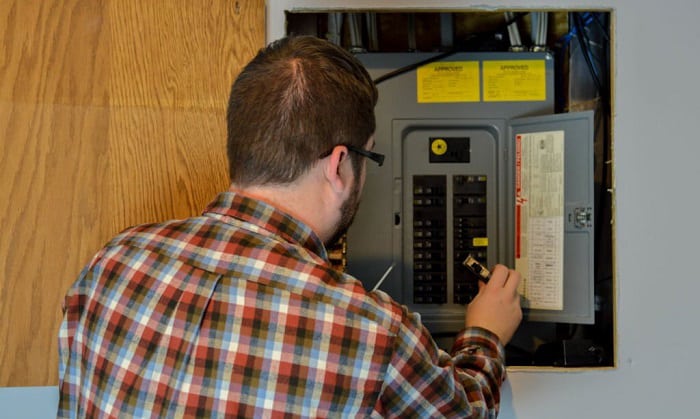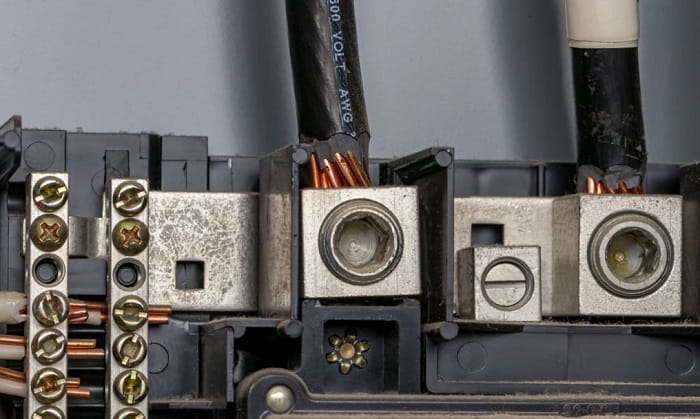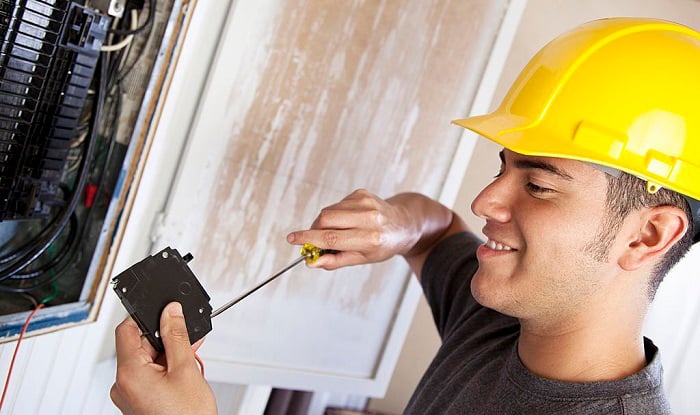Do you want additional circuits, but your main electrical panel is not spacious enough? Electrical systems can get annoying sometimes, especially when you wish to expand your home. Yet, you don’t have that extra breaker space to power that area.
I don’t want to sound like a salesperson now, but all you need is a tandem circuit breaker! What is a tandem circuit breaker, you ask. These conjoined breakers support two circuits by occupying a single pole in your load center. Learn more about the specialties of this fail-safe device and why homeowners are fond of them.
Table of Contents
A Special Kind of Breaker
They have different local customs, which can go by many names. You can call them slimline, duplex, half-height, half-inch, split, double-stuff, or piggyback breakers. These are the prefixes electricians use for these protective devices since their purpose and looks are similar to their terms.
- Tandem circuit breakers’ capability to save space help many users avoid expensive panel upgrades.
- Besides, it is effortless when installing a new subpanel, even though my current service can still handle that extra.
- This device helps to simplify things and is a good option if you’re still unsure about spending your money on upgrades. And, it’s not worth it anyway to add another sub-panelboard just to give space for one or two circuits.
It is a CB famous for “cheating” its way in the electrical panel without violating the electrical codes (as long as they’re at the right place in the panelboard). Even though the word “cheat” sounds like a bad idea for electrical management practice, for a tandem CB, it is not.
They are referred to as “cheater breakers” so that you can still create circuits after all of the standard breakers fill the panelboard’s capacity. A duplex can substitute for a traditional CB, but instead of one, you have two 120V circuits protected. Yes, they are indeed a special breaker, but how do you use them?
The Use of a Tandem Circuit Breaker
Typically, the legs and poles in your electrical panel are filled with single-pole (120-volts) and double-pole (240-volts) breakers. It is common for homeowners to face a situation wherein all knockouts in their load center are already occupied, except for a few bus bars.
Now, this is where the star of the show comes in. Tandem breakers cover appliances, light fixtures, and other devices that don’t require volts more than 120. They can stand up for single-pole breakers and protect them just the same.
It is a beneficial trip switch if you are planning to expand the power source of your house. And its toggle switches are separated, which means one circuit can trip while the other keeps running. It is an okay load distributor, but it has its own limitations.
The Circuit Breaker’s Limitations
Despite the fact that a tandem CB can support more than one circuit at once, there are still heads-up issues you’ll need to know.
- Unlike the standard/ single-pole breaker, a tandem breaker doesn’t use a cable with three wires (2 hot and 1 neutral).
- Due to its physicalities, this double breaker is not compatible with having a shared neutral wire since it simply uses one power phase/busbar. This breaker can only handle two individual cables. And due to the reason that two circuits share in one frame, the breaker heats up quickly compared to the usual type of CB.
That’s why when contractors find this breaker in old electrical panels, they either update them with another tandem type or remove it and switch them for regular-sized circuits. Sometimes, removing the tandem is the best way to go, especially if they’re improperly balanced inside the panelboard.
- Furthermore, tandem breaker manufacturers don’t apply GFCI/AFCI protection for this type of product. They are out of the list when homes need ground-fault or arc-fault security. There are no existing duplex CBs with this kind of specialization.
Are They Safe to Use
Like I’ve mentioned before, these breakers are one of the old-schools you can find in your breaker box. Also, many households think that this CB is dangerous because there’s a chance that they can overload the panel, blow circuits, and ignite a fire.
However, it is just a myth. It is safe to use AS LONG AS the panel allows it, and the breakers are in their proper slots. Your tandem circuit breaker wiring diagram located at your panel door can tell you if you’re allowed to insert one.
If there are no indications that your load center can keep them, you are most likely prohibited from doing so. Nevertheless, they’re completely legal.
Electricians use this double circuit breaker to “cheat” their way into adding a few more circuits in the panel, so there are no risks to worry about other than its limitations. Moreover, quality-famous electrical companies will stop creating this CB if proven otherwise.
How Many Tandem Breakers Can I Install
Every main electrical panel has its limits. There’s a certain amount where it will reach its peak, causing the main breaker to trip.
After all, it is a bad habit to keep your electrical loads over the top. Our twin breaker here is infamous for overloading electrical panels frequently.
It’s not that the breakers are at fault, but the circuits attached can get power-hungry sometimes more than the panelboard can handle. That’s why you need to watch out for the model number of your service, as it discusses the limit of tandem breakers you can install.
For example, a G3040BL1200 load center can carry up to ten tandems (30 spaces/40 circuits allowed), while BR1220B100 can accommodate a total of eight (12 spaces/20 circuits allowed). On the flip side, a G3030BL1150 model cannot contain this breaker type because a tandem CB is incompatible with this (30 spaces/30 circuits allowed).
As you can see, the total number of slots and circuits permitted in a panel can dictate how many tandems you can insert. However, this doesn’t apply to all. Despite how many knockouts are left unoccupied in an electrical box, you can’t put anything in there if it is not made for a duplex CB in the first place.
Suppose you’re unsure what the best number of tandem breakers you can allow. In that case, you can call for a certified electrician to give you a walkthrough of your panelboard’s properties. You can also ask for your local code regulations and when’s a good time to upgrade your panel or get a new subpanel extension.
Conclusion
Are you aware now of ‘what is a tandem circuit breaker doing inside your breaker panel?’ It is a two breaker in one frame, feeding two different 120V circuits that share the same bus bar slot in your load center.
They are a great way to free up space for a few more circuits, but there are limitations on their functionality compared to a standard breaker. Also, their safety relies on their compatibility with your panel service, so make sure to check your panelboard’s model on how many tandems it can accommodate.

I am Edwin Jones, in charge of designing content for Galvinpower. I aspire to use my experiences in marketing to create reliable and necessary information to help our readers. It has been fun to work with Andrew and apply his incredible knowledge to our content.





